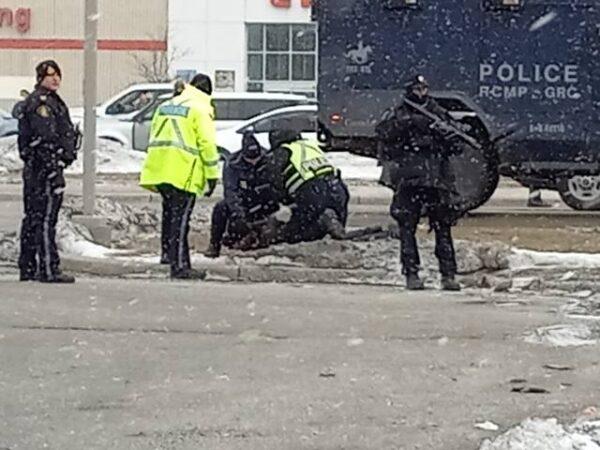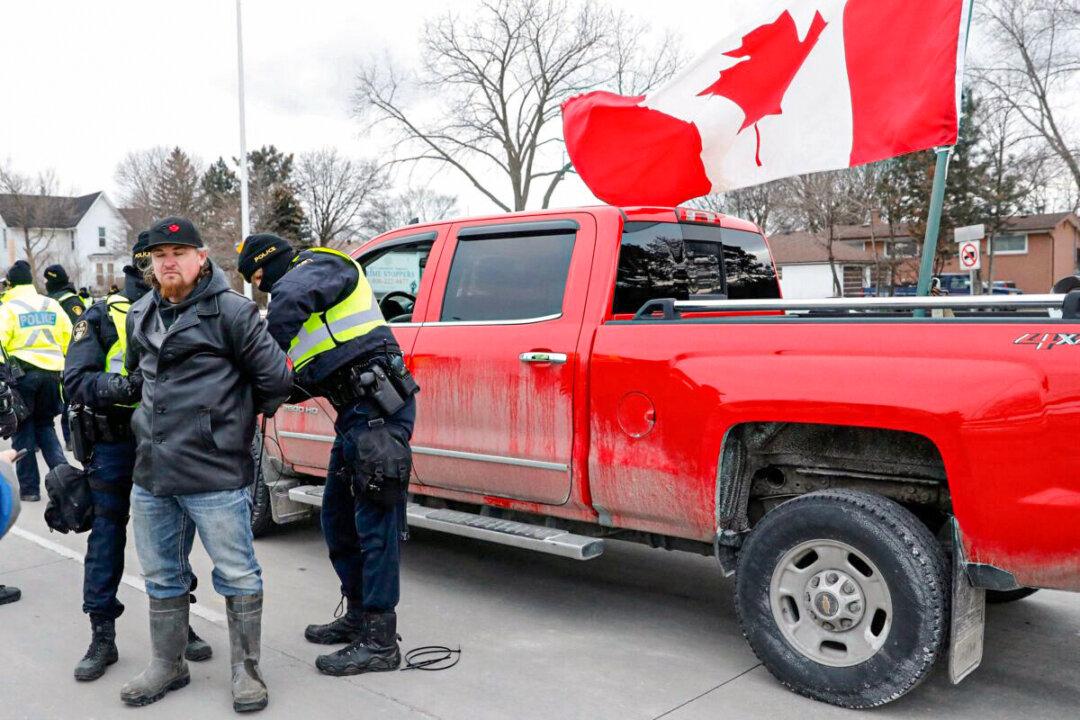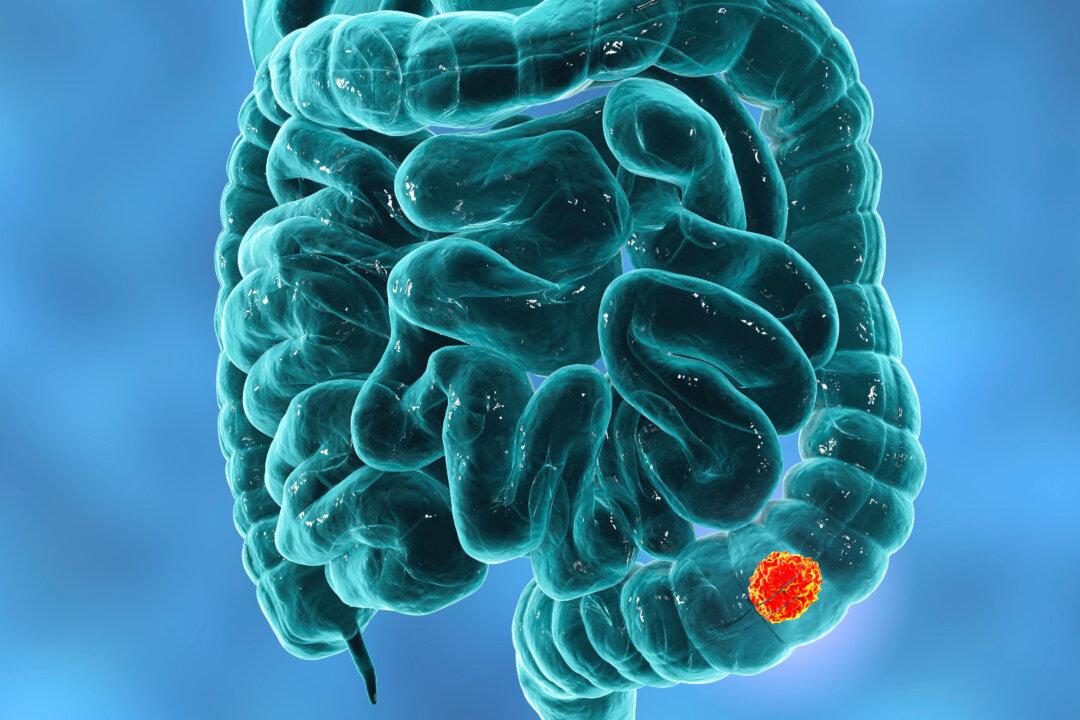WINDSOR, Ont.—Police made more arrests on Feb. 13 to clear a protest blockade at a major Ontario border crossing connecting Windsor to Detroit, as the Canada–U.S. crossing.

Police make an arrest at the Ambassador Bridge in Windsor, Ont., while trying to clear a blockade at the Canada-U.S. border crossing, on Feb. 13, 2022. Lisa Lin/The Epoch Times




